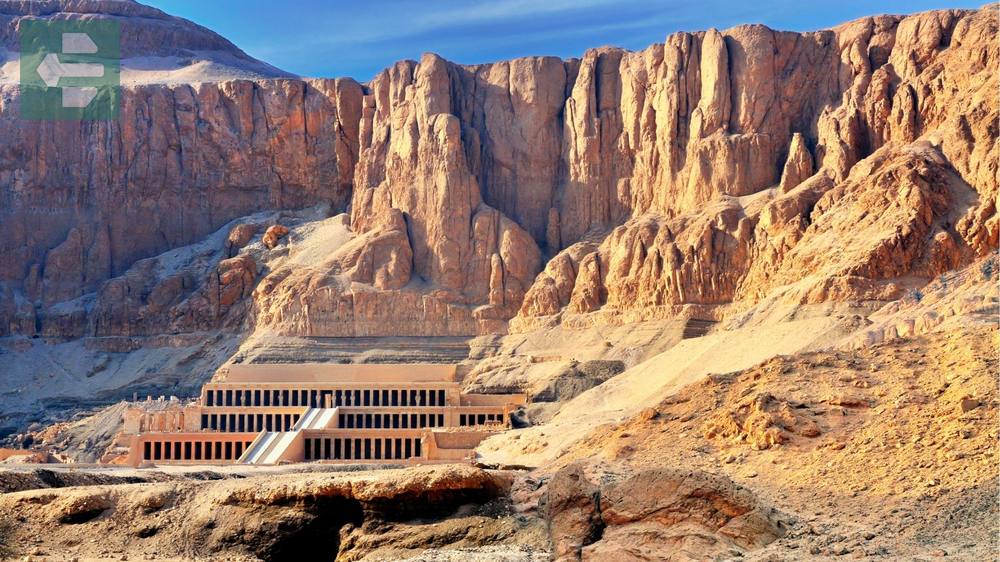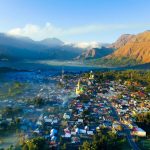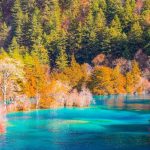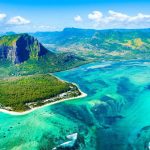February unveils the world's most captivating destinations at their finest. From Rajasthan's golden deserts to Ubud's emerald rice terraces, from Egypt's ancient valleys to Jordan's rose-red city of Petra, this month offers perfect weather across continents.
Keep reading as we uncover the best places to visit in February that will transform your winter escape into an unforgettable adventure.
List of Contents
- 1. Rajasthan, India: Desert Dreams Come Alive
- 2. Ubud, Indonesia: Emerald Heart of Bali
- 3. Krabi, Thailand: Limestone Paradise
- 4. Hoi An, Vietnam: Lantern-Lit Ancient Town
- 5. Valley of Kings, Egypt: Pharaohs' Eternal Rest
- 6. Petra, Jordan: Rose City in Winter Light
- 7. Atlas Mountains, Morocco: Snow-Capped Peaks
- 8. Abu Dhabi, UAE: Desert Metropolis
- 9. Nizwa, Oman: Ancient Oasis
- 10. Annapurna, Nepal: Himalayan Solitude
- 11. Galle, Sri Lanka: Colonial Charm
- 12. Angkor, Cambodia: Temple Complex
- 13. Palawan, Philippines: Island Paradise
- 14. Penang, Malaysia: Cultural Melting Pot
- 15. Pakse, Laos: Mekong Delta
1. Rajasthan, India: Desert Dreams Come Alive
February transforms Rajasthan into a traveler's paradise. The scorching heat retreats, leaving behind crisp mornings and golden afternoons perfect for exploring majestic forts.
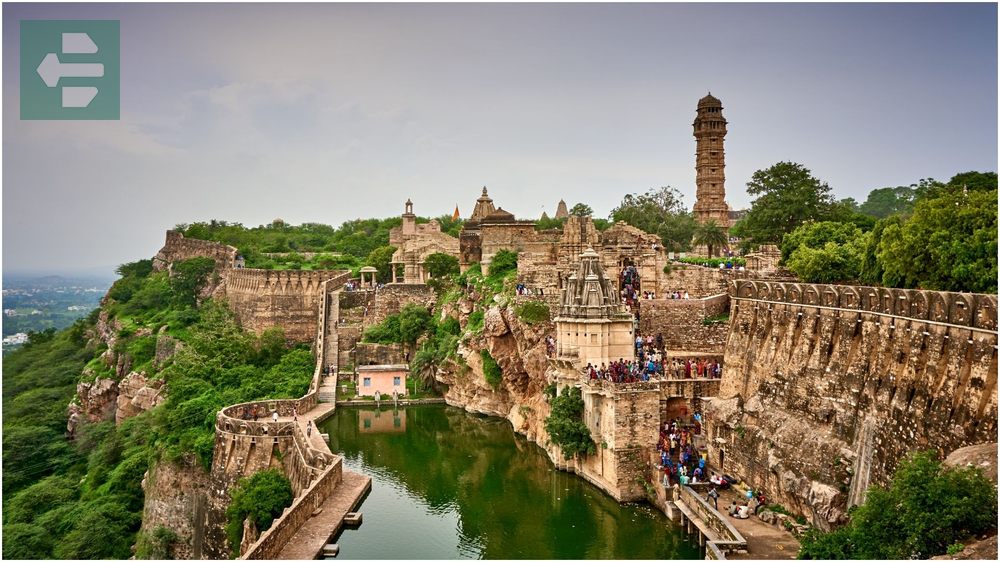
I discovered the magic of sunrise at Jaisalmer Fort in early February. The sandstone walls glowed amber while camel caravans moved silently across distant dunes. The Thar Desert felt welcoming rather than forbidding.
Local wisdom: Visit markets after 4 PM when temperatures drop and vendors become more animated. The evening light makes every photograph spectacular.
Quick Facts:
- Peak Season: October to March
- How to Get There: Fly to Jaipur, Jodhpur, or Udaipur; train connections available
- Entry Fees: From $3 per fort/palace
- Suggested Stay: 7-10 days
- Key Destinations: Jaipur, Udaipur, Jodhpur, Jaisalmer, Pushkar
2. Ubud, Indonesia: Emerald Heart of Bali
February brings Ubud's landscapes to vivid life. Rain showers arrive in short bursts, usually at night, leaving mornings fresh and afternoons clear for temple exploration.
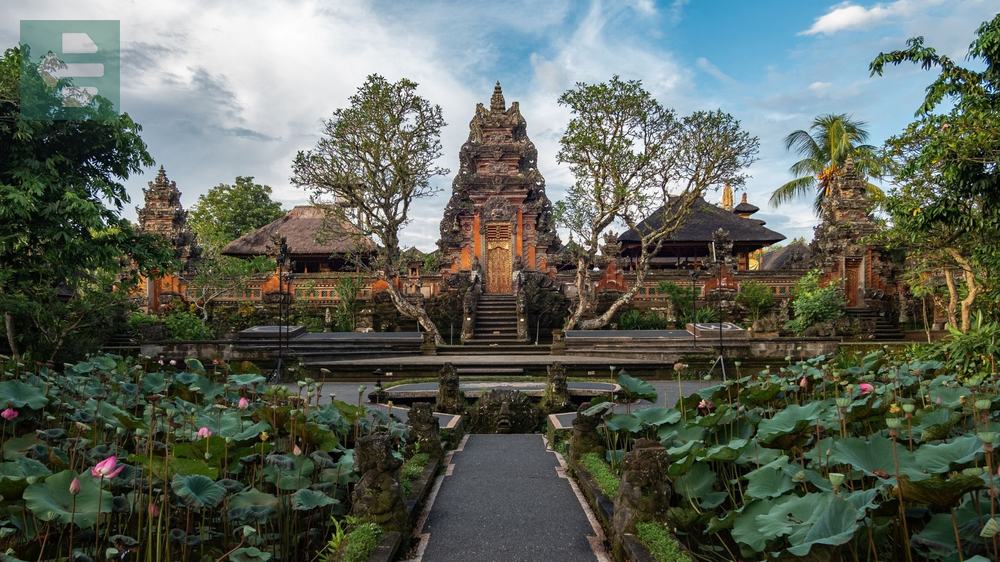
The humidity feels different here—tropical but not oppressive. Rice terraces shimmer with rainwater, creating mirror-like reflections that change with every cloud.
Fewer tourists mean yoga classes have space to breathe and traditional ceremonies feel more authentic. The spiritual side of Bali emerges more clearly.
Quick Facts:
- Peak Season: April to October (dry season)
- How to Get There: Fly to Ngurah Rai Airport, 1-hour drive to Ubud
- Entry Fees: From $1 per temple
- Suggested Stay: 4-6 days
- Key Destinations: Tegallalang Rice Terraces, Sacred Monkey Forest, Tirta Empul Temple
3. Krabi, Thailand: Limestone Paradise
February delivers Krabi's most reliable weather. The sun rises over limestone cliffs while gentle breezes keep beach temperatures comfortable throughout the day.
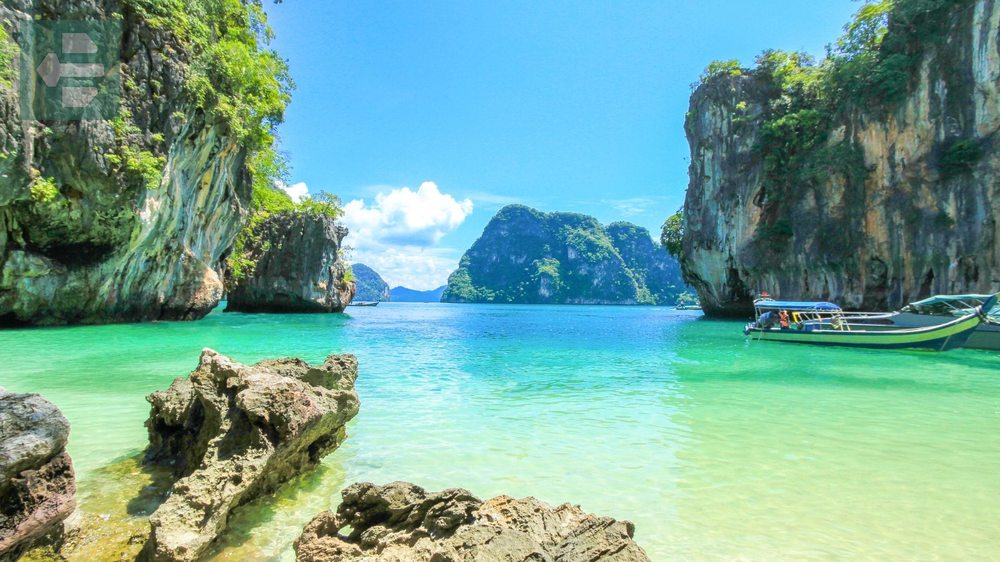
Crystal-clear waters reveal coral gardens perfect for snorkeling. The absence of monsoon rains means boat trips to the famous Four Islands happen daily without weather concerns.
Beach vendors appear with fresh coconuts around 10 AM—the perfect natural electrolyte after morning swims in the Andaman Sea.
Quick Facts:
- Peak Season: November to March
- How to Get There: Fly to Krabi Airport or drive from Phuket (2 hours)
- Entry Fees: National park fees from $6
- Suggested Stay: 5-7 days
- Key Destinations: Railay Beach, Ao Nang, Four Islands, Tiger Cave Temple
4. Hoi An, Vietnam: Lantern-Lit Ancient Town
February marks the beginning of Hoi An's dry season. Ancient streets stay dust-free, and the Thu Bon River flows calmly past yellow colonial buildings.
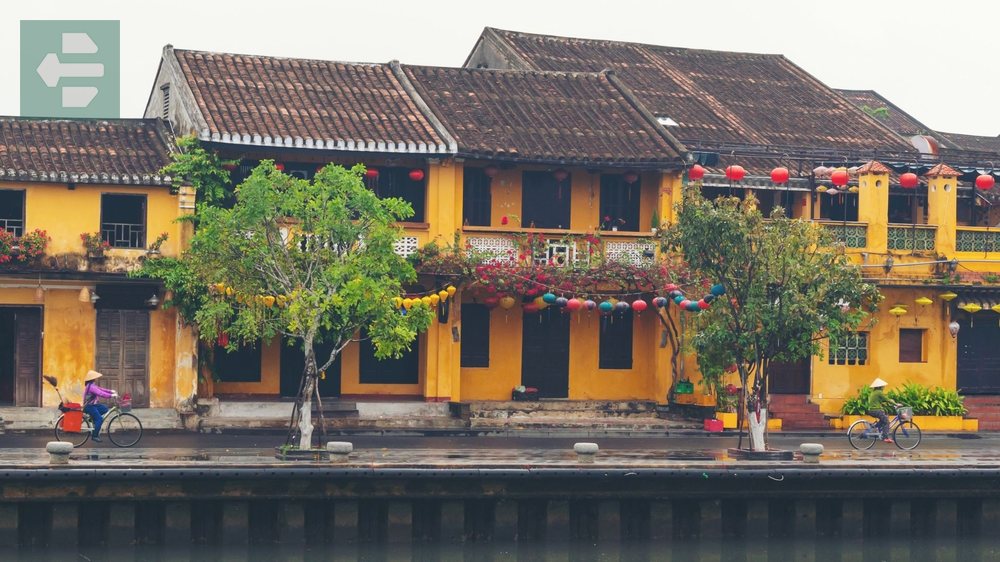
During Chinese New Year celebrations, hundreds of red lanterns illuminate narrow alleyways. The town transforms into a living festival where every corner tells a story.
Early morning walks through the old quarter reveal life awakening slowly—coffee vendors setting up, tailors arranging fabric displays, locals practicing tai chi by the river.
Quick Facts:
- Peak Season: February to April
- How to Get There: Fly to Da Nang Airport, 45-minute drive to Hoi An
- Entry Fees: Old Town ticket from $5
- Suggested Stay: 3-4 days
- Key Destinations: Ancient Houses, Japanese Covered Bridge, My Son Sanctuary, An Bang Beach
5. Valley of Kings, Egypt: Pharaohs' Eternal Rest
February's mild temperatures make exploring underground tombs comfortable. The desert heat that can overwhelm visitors in summer becomes a gentle warmth that enhances the mystical atmosphere.
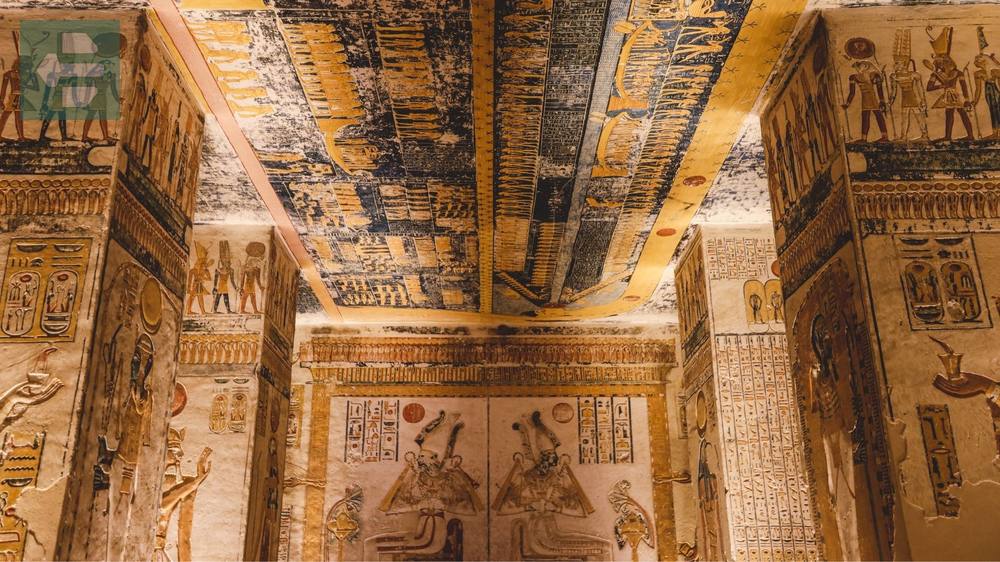
Standing inside Tutankhamun's tomb, the cool air preserves ancient wall paintings in vivid detail. The silence feels profound—broken only by occasional whispers of awe from fellow visitors.
Visit early morning or late afternoon when golden light creates dramatic shadows across the valley floor.
Quick Facts:
- Peak Season: October to April
- How to Get There: Fly to Luxor Airport, 30-minute drive to West Bank
- Entry Fees: From $12 per tomb
- Suggested Stay: 2-3 days
- Key Destinations: Tomb of Tutankhamun, Tomb of Ramesses VI, Temple of Hatshepsut, Colossi of Memnon
6. Petra, Jordan: Rose City in Winter Light
February brings clear skies to Jordan's archaeological wonder. Cool mornings make the trek through the Siq comfortable, while afternoons offer perfect light for photography.

The Treasury emerges from the narrow canyon like a mirage carved in rose-colored stone. Winter crowds are smaller, allowing moments of solitude with this ancient marvel.
Nights turn crisp—perfect for stargazing from your hotel terrace after a day of exploration.
Quick Facts:
- Peak Season: March to May, September to November
- How to Get There: Fly to Amman, 3-hour drive south
- Entry Fees: From $56 for day pass
- Suggested Stay: 2-3 days
- Key Destinations: The Treasury, Monastery, Royal Tombs, High Place of Sacrifice
7. Atlas Mountains, Morocco: Snow-Capped Peaks
February transforms the Atlas Mountains into a photographer's dream. Snow caps the highest peaks while valleys remain green from winter rains.
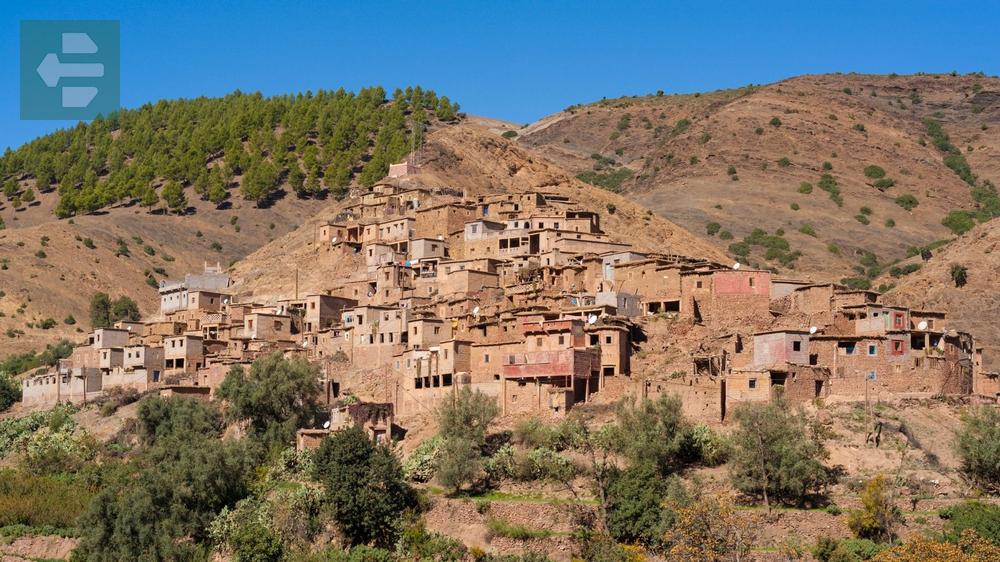
The air feels crisp and clean—a refreshing contrast to the warmth of Marrakech just hours away. Berber villages nestle into mountainsides, their clay buildings blending seamlessly with the landscape.
Mountain guides know exactly when afternoon light hits the peaks, creating those golden-hour shots that make social media feeds sing.
Quick Facts:
- Peak Season: April to October for trekking
- How to Get There: Drive from Marrakech (1-2 hours to various valleys)
- Entry Fees: National park fees from $3
- Suggested Stay: 3-5 days
- Key Destinations: Ourika Valley, Imlil, Ait Benhaddou, Todra Gorge
8. Abu Dhabi, UAE: Desert Metropolis
February brings Abu Dhabi's most pleasant weather. Desert heat transforms into comfortable warmth, making outdoor exploration of this futuristic city enjoyable from sunrise to sunset.
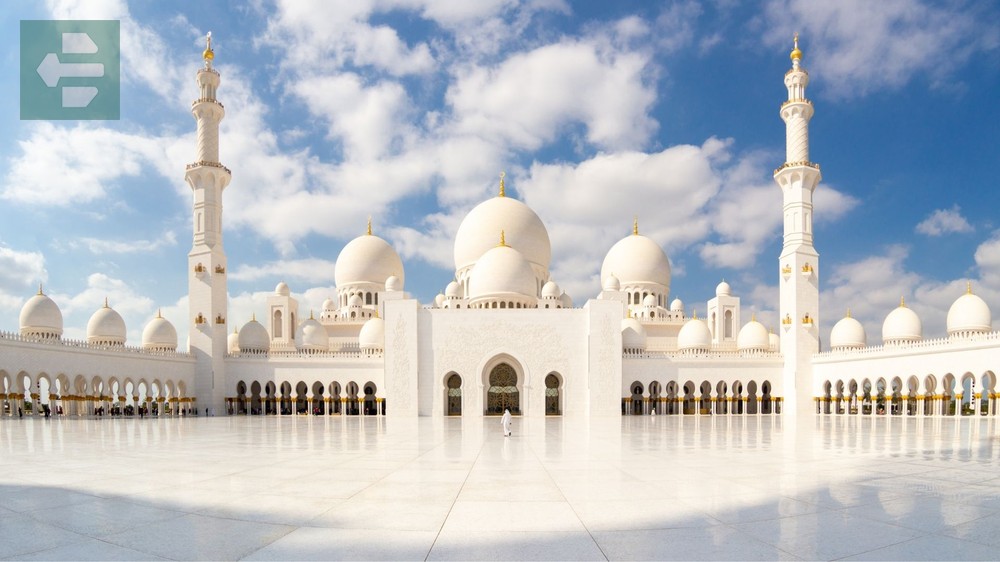
The Sheikh Zayed Grand Mosque gleams white against blue skies. Its marble courtyards feel cool underfoot during midday visits, while intricate details emerge clearly in the gentle light.
Evening dhow cruises along the Corniche offer stunning city skyline views without the sweltering humidity of summer months.
Quick Facts:
- Peak Season: November to March
- How to Get There: Fly to Abu Dhabi International Airport
- Entry Fees: Most attractions from $15
- Suggested Stay: 3-4 days
- Key Destinations: Sheikh Zayed Grand Mosque, Louvre Abu Dhabi, Emirates Palace, Yas Island
9. Nizwa, Oman: Ancient Oasis
February delivers Nizwa's most comfortable weather for exploring ancient forts and traditional souks. The desert heat becomes a gentle warmth that enhances rather than hinders exploration.

Nizwa Fort's circular tower provides panoramic views across date palm oases. The old souk comes alive with frankincense vendors and silver craftsmen working in doorways.
Friday morning goat markets reveal authentic Omani culture—arrive early when trading is most active and locals are most welcoming to curious visitors.
Quick Facts:
- Peak Season: October to March
- How to Get There: Fly to Muscat, 2-hour drive to Nizwa
- Entry Fees: Fort entry from $2
- Suggested Stay: 2-3 days
- Key Destinations: Nizwa Fort, Nizwa Souq, Bahla Fort, Jabrin Castle
10. Annapurna, Nepal: Himalayan Solitude
February offers crystal-clear mountain views but demands serious preparation. Snow covers trails above 3,000 meters, creating pristine beauty for experienced trekkers.

The silence feels profound—broken only by prayer flags fluttering in mountain winds. Rhododendron forests at lower elevations begin showing early blooms, adding color to the winter landscape.
This month rewards those seeking solitude over convenience. Fewer trekkers mean more authentic interactions with local communities.
Quick Facts:
- Peak Season: March to May, September to November
- How to Get There: Fly to Kathmandu, then Pokhara; trek starts from various points
- Entry Fees: ACAP permit $30, TIMS card $20
- Suggested Stay: 10-14 days for full circuit
- Key Destinations: Annapurna Base Camp, Poon Hill, Ghorepani, Chomrong
11. Galle, Sri Lanka: Colonial Charm
February brings warm tropical weather to this UNESCO World Heritage city. Ocean breezes keep temperatures comfortable while occasional afternoon showers refresh the air.

Walking Galle Fort's ramparts at sunset reveals the Indian Ocean stretching endlessly southward. Colonial buildings house boutique hotels and cafes where time moves slowly.
Local fishermen cast nets from ancient walls at dawn—a tradition unchanged for centuries despite the city's growing popularity.
Quick Facts:
- Peak Season: December to March
- How to Get There: Fly to Colombo, 2-hour drive south
- Entry Fees: Fort area free to explore
- Suggested Stay: 2-3 days
- Key Destinations: Galle Fort, Dutch Reformed Church, Maritime Museum, Unawatuna Beach
12. Angkor, Cambodia: Temple Complex
February delivers ideal conditions for temple exploration. Cool mornings make sunrise at Angkor Wat comfortable, while dry conditions ensure clear access to remote temples.

The crowds thin after January's peak, allowing quieter moments among ancient stones. Tree roots continue their slow embrace of Ta Prohm, creating that perfect blend of nature and architecture.
Bicycle rentals work best in February—the heat hasn't yet become overwhelming for pedaling between distant temple complexes.
Quick Facts:
- Peak Season: November to February
- How to Get There: Fly to Siem Reap Airport
- Entry Fees: 1-day pass $37, 3-day pass $62
- Suggested Stay: 3-4 days
- Key Destinations: Angkor Wat, Angkor Thom, Ta Prohm, Banteay Srei
13. Palawan, Philippines: Island Paradise
February maintains Palawan's reputation as the world's most beautiful island. Clear skies and calm seas create perfect conditions for island hopping and underwater adventures.
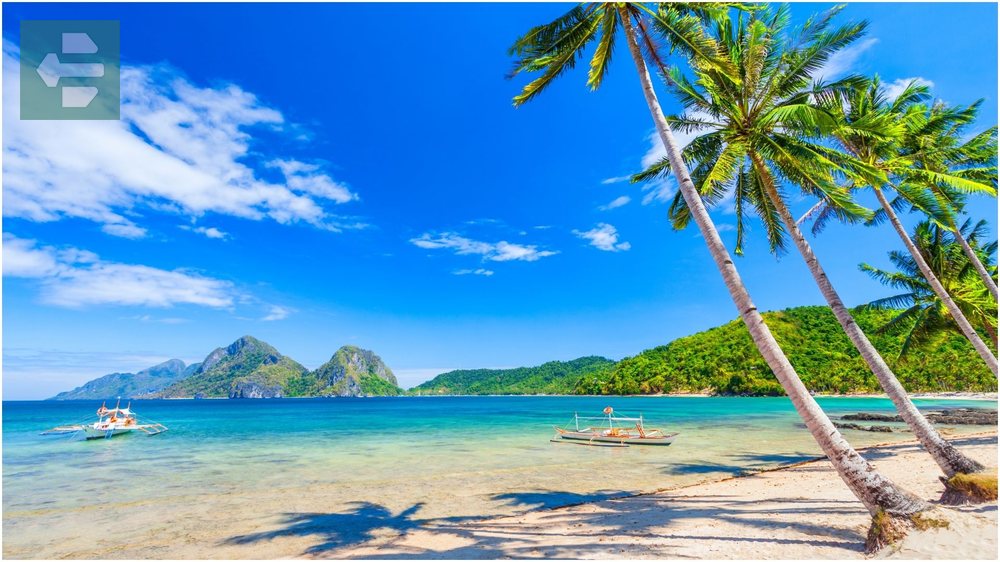
El Nido's limestone cliffs rise dramatically from turquoise waters. Secret lagoons accessible only by kayak remain refreshingly cool even during midday explorations.
The water temperature stays perfectly comfortable—warm enough for extended swimming but cool enough to feel refreshing after beach volleyball games.
Quick Facts:
- Peak Season: December to May
- How to Get There: Fly to Puerto Princesa or El Nido Airport
- Entry Fees: Island hopping tours from $20
- Suggested Stay: 7-10 days
- Key Destinations: El Nido, Coron, Underground River, Balabac Island
14. Penang, Malaysia: Cultural Melting Pot
February brings dry weather to this UNESCO-listed cultural hub. George Town's street art tours work best in comfortable temperatures, while hawker center exploration becomes pure pleasure.
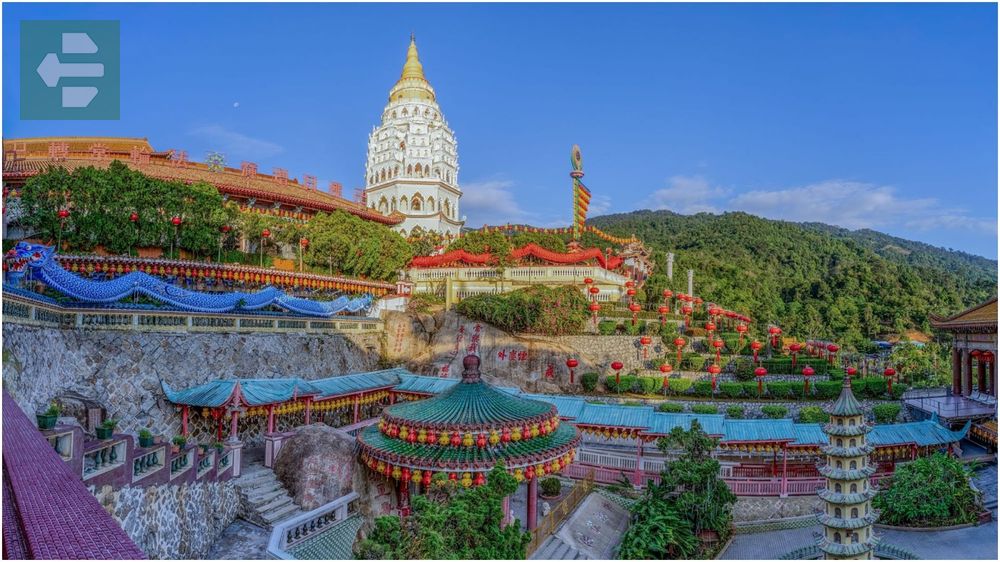
Chinese New Year celebrations transform the city into a festival of red lanterns and lion dances. Heritage buildings provide perfect backdrops for cultural photography.
Morning walks through clan houses reveal intricate details best appreciated in gentle light before afternoon heat arrives.
Quick Facts:
- Peak Season: December to February
- How to Get There: Fly to Penang International Airport
- Entry Fees: Most attractions from $2
- Suggested Stay: 3-4 days
- Key Destinations: George Town, Clan Houses, Penang Hill, Kek Lok Si Temple
15. Pakse, Laos: Mekong Delta
February delivers Pakse's most pleasant weather for exploring the sleepy Mekong region. Clear skies and comfortable temperatures make waterfall visits and island explorations ideal.

Don Det and Don Khon islands offer a slower pace of life where hammocks and river views define daily schedules. The famous Mekong dolphins appear more frequently in calmer February waters.
Local markets come alive with fresh produce while riverside restaurants serve some of Southeast Asia's most underrated cuisine.
Quick Facts:
- Peak Season: November to February
- How to Get There: Fly to Pakse Airport or overland from Thailand/Vietnam
- Entry Fees: Wat Phou temple from $5
- Suggested Stay: 4-5 days
- Key Destinations: Wat Phou, Don Khon, Khone Falls, Champasak
February unlocks the world's hidden treasures when weather patterns align perfectly with wanderlust. These destinations offer their finest faces during this magical month.
Pack your bags with confidence. Research your visa requirements. Book those flights you've been dreaming about.
Adventure awaits in places where ancient history meets perfect weather, where crowds thin out just enough to let you breathe, and where every sunrise promises something extraordinary.
